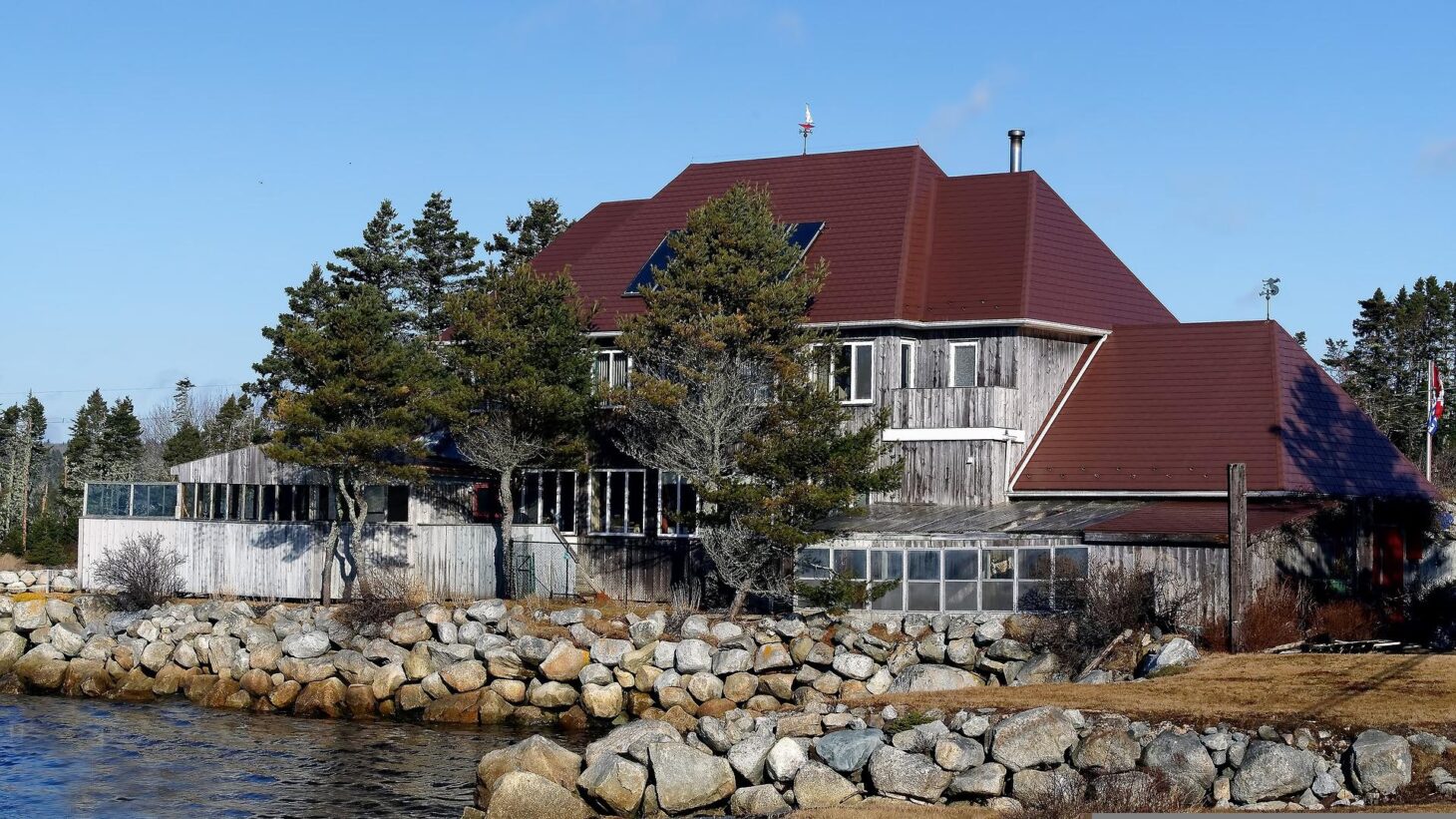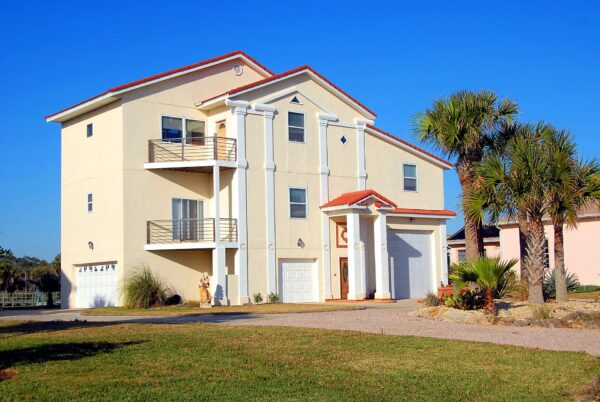Beachfront homes offer a plethora of advantages, ranging from breathtaking views to easy access to the water. Americans all around the country fantasise about owning beachfront property and spending all their time playing in the warm water and their evenings enjoying the view around the water. Beachfront residences come with their own set of issues and hence weatherproofing becomes a need.
Coastal homes are usually subjected to severe conditions such as wet air, direct sunlight, strong gusts, and salt water erosion. You must employ suitable building materials and procedures to construct a solid home that can endure Mother Nature’s wrath.

What Materials Can a Beach House be Composed of?
Due to its durability and aesthetic appeal, granite is a popular choice for coastal residences and beach villas. While freeze-thaw cycles can harm materials such as timber, concrete, and brick, granite can withstand harsh coastal conditions and requires little care.
Why don’t they Build Beach Houses out of Bricks?
The frequent weather fluctuations and soil conditions seen on beaches are too much for brick homes to survive. The mortar and bricks that hold the building together deteriorate prematurely due to these harsh and corroding circumstances.
Guide to Weatherproofing a Coastal Home
Do you own a coastal home and figure out how to weatherproof them?
We’ve put up a step-by-step guide on creating a beachside home that will last for decades and is weatherproofed.
1. Framing
You must consider the potential of salt water damage when selecting a building material for a home. Because salt can cause substantial damage to specific materials, like treated wood and concrete, it’s critical to utilise corrosion-resistant components while constructing your home. You must be aware of the differences between treated and untreated materials. Across all the faces, exposed rafter tails must be treated with and for pressure and pre-primed.
2. Siding
For most exterior uses, a widely recommended option is Hardie-plank siding or a composite material comparable to Azek. These are among the most long-lasting siding materials on the market. On the other hand, Brick often lasts longer than Hardiplank, withstanding rain, wind, and sun for nearly a century before showing significant damage. In addition, brick provides better sound and heat insulation. Though brick is much more costly, it will lower your beachfront home’s maintenance cost and boost its resale value.
3. Roofing
Metal roofing is far more durable and resistant to mildew, rot, termites, and wind than asphalt shingles. Since metal roofs reflect the sun’s rays, they could be able to reduce the amount of cooling your home by as much as 30%. Metal roofing may be more expensive up front, but it will save you money in the long run in terms of cooling and maintenance costs.
There are several distinct types of metal roofs. Based on the aesthetic a customer wants, you can check out all the benefits and drawbacks of various roofing alternatives and their total financial impact to reach the final choice.
4. Glass doors and windows
It’s highly worth investing in impact-rated glass for the doors and windows to safeguard seaside properties from storms and hurricanes. In fact, before the issuance of the certificate of occupancy, the 2012 IFC Code requires that all openings employ impact-rated glass, have the instalment of impact-rated shutters over them, or contain the coverings of impact-rated panels precut having hardware preinstalled.
Impact-rated windows are built to withstand high pressure and protect from flying debris while keeping your home dry. If your doors and windows face the sea, this is especially vital. Once clients have been adequately instructed and informed about what each option implies, impact-rated windows are nearly invariably the gold standard.
5. Decking
When it concerns decking, there are a plethora of choices. We constantly encourage clients to choose a sustainable and renewable strategy when possible. Clients adore and demand the usage of Ipe, an exotic hardwood, in various applications. Garapa is an excellent alternative to Ipe because it is much less expensive yet just as durable. PVC, Composite, ASA wood, and Capstock are other excellent choices since they are low maintenance and weather resistant.
Exotic materials, like Ipe, have grown limited and costly; therefore, other alternatives are becoming increasingly widespread. They are also available in a wide range of colours and board widths.

6. Insulation
In coastal places, there is often a lot of moisture and humidity in the air, which can lead wood to distort. Coastal homes must always have closed-cell insulating beneath the first level to safeguard hardwood floors and keep out the moisture. Closed-cell insulation is a spray foam substitute for fibreglass insulation with a dense structure that functions as an excellent barrier to water vapour and air.
It is widely suggested to use closed-cell insulation for the attic, flooring, and walls to create a protective envelope all-around your beach house’s interior for optimal insulation. Other possibilities include Spider Batt insulation, which is suited for exterior walls and may be sprayed.
7. Paint
Paint technology has advanced dramatically in recent years. You can contact an expert and discuss the alternatives for a seaside home based on the material being painted with them. You can check the painting options capable of priming all of the wood used on the outside of houses on all sides, including the boards’ cut ends. It helps to keep as much water out from the wood as feasible. There are significant differences between exterior and interior paint materials.
Conclusion
These were the various tips on weatherproofing the coastal and seaside homes. Following them per your house’s needs will help ensure secure and safer living conditions around the beachside.





